1. Cowboys Were Not Always Clean-Cut Heroes
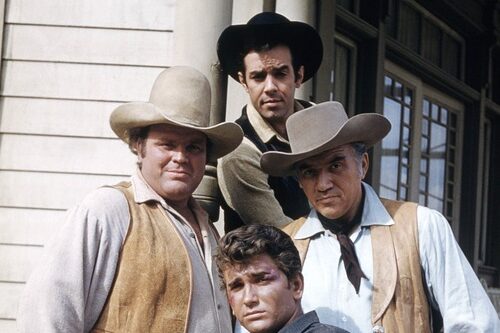
In Bonanza, the Cartwrights are always well-groomed, sporting clean clothes and a polished appearance. The reality? Cowboys in the Wild West were often covered in dust, dirt, and sweat after long days on the trail. Laundry wasn’t exactly a priority, and personal hygiene took a backseat when water was scarce. Life was tough, and cowboys were more rugged and rough around the edges than TV shows like to portray. The clean-cut, chivalrous cowboy is more myth than fact.
2. Gunfights Weren’t Commonplace
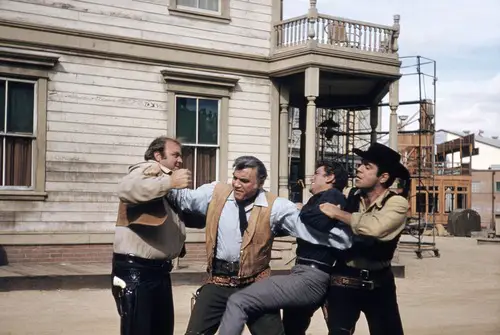
One of the staples of Westerns like Bonanza is the dramatic showdown in the middle of town. But in real life, gunfights were rare. Most people in the Wild West preferred to avoid violence whenever possible. Guns were used more as tools for hunting and protection from wildlife than for duels at high noon. Even in notorious towns like Dodge City or Tombstone, lawmen worked hard to keep the peace rather than stoking conflicts.
3. Everyone Didn’t Carry a Six-Shooter
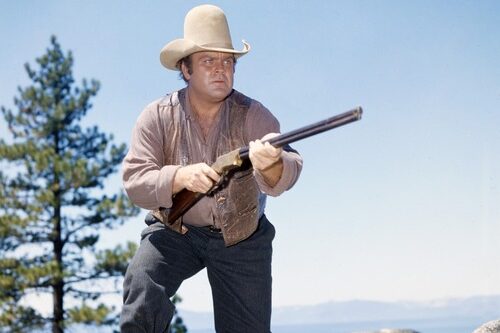
In Bonanza, nearly every character seems to have a gun strapped to their hip. While firearms were common in the West, not everyone carried a six-shooter. Guns were expensive, and many people couldn’t afford them. Farmers, shopkeepers, and settlers often relied more on tools and resourcefulness than weapons for survival. The idea of everyone constantly being armed is more Hollywood fantasy than historical truth.
4. Women Had More Roles Than Just Homemakers
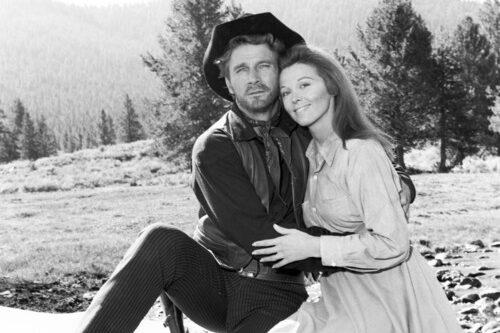
While Bonanza occasionally portrayed strong female characters, women’s roles were often limited to mothers, sisters, or love interests. In reality, women in the Wild West were far more diverse. They ran businesses, worked as doctors, journalists, and teachers, and even participated in politics. Figures like Annie Oakley and Calamity Jane proved that women could be just as tough and independent as the men.
5. Native Americans Were Misrepresented
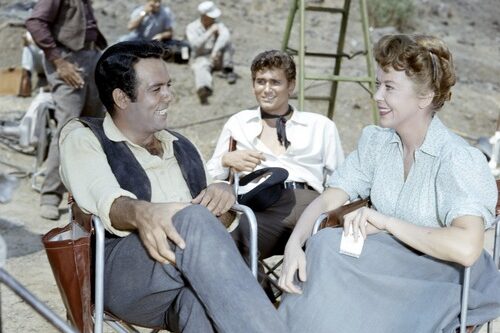
Sadly, Bonanza often fell into stereotypes when depicting Native Americans. They were frequently shown as antagonists or one-dimensional characters, when the reality was far more complex. Many Native American tribes played crucial roles in the development of the West, forming alliances, trading, and sharing vital survival skills. Their cultures and contributions were rich and varied, and reducing them to simple villains erases their true legacy.
6. Life Wasn’t So Picturesque
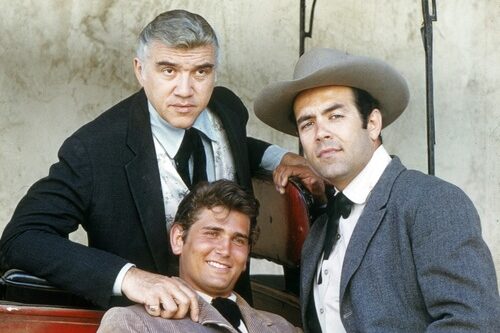
The sprawling Ponderosa ranch always looked idyllic in Bonanza with its lush landscapes and well-kept buildings. In truth, life in the Wild West was much grittier. Homesteads were often crude and basic, made of logs, sod, or adobe. Dust storms, harsh winters, and brutal droughts made survival a constant struggle. Most settlers worked endlessly just to scrape by, and their lives were far less romantic than TV would have you believe.
7. Horses Weren’t Always Perfect Companions
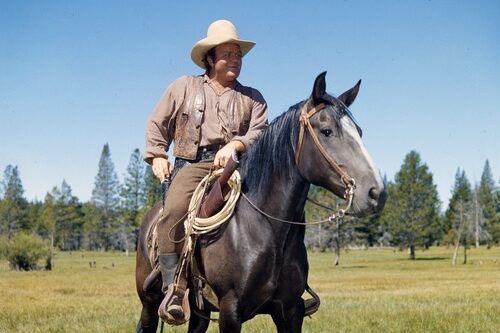
The Cartwrights’ horses were loyal, well-trained, and always ready for action. However, real-life horses could be temperamental and difficult to manage. They required constant care, feeding, and training, and a bad horse could be as much of a liability as an asset. Plus, not everyone in the Wild West rode a horse. Wagons, mules, and even walking were far more common modes of travel for average folks.
8. Lawmen Were Not Always Saints
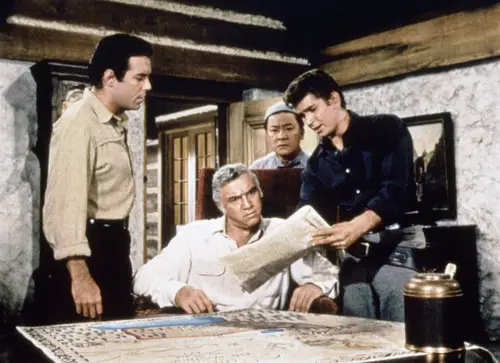
Characters like Sheriff Coffee in Bonanza were portrayed as honest, incorruptible pillars of justice. In reality, lawmen in the Wild West were a mixed bag. While some worked tirelessly to uphold the law, others were prone to corruption, bribery, or even participating in crimes themselves. The line between hero and outlaw was often blurred, and the justice system was far from perfect.
9. Towns Were Dirtier and Rougher
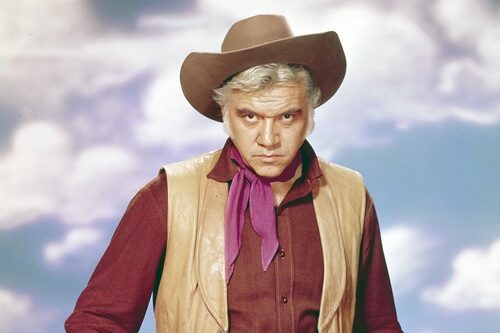
The towns in Bonanza are often depicted as relatively clean and orderly, with tidy saloons and well-kept main streets. In truth, frontier towns were often muddy, chaotic, and downright filthy. Animals roamed freely, trash was dumped in the streets, and sanitation was nearly nonexistent. Disease ran rampant, and towns could be far less glamorous than Hollywood likes to suggest.
10. Cattle Drives Were Grueling Work
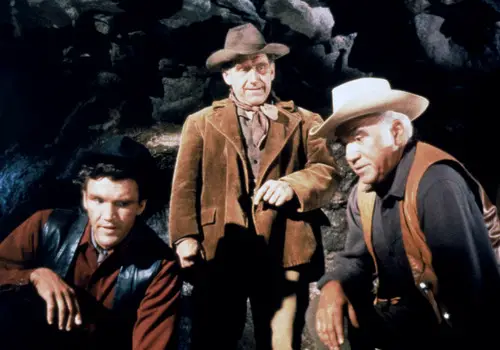
On Bonanza, the Cartwrights made ranching look like a fulfilling and noble way of life. In reality, cattle drives were exhausting, dirty, and dangerous. Cowboys spent weeks on end in the saddle, battling harsh weather, stampedes, and wild animals. Nights were spent sleeping on the hard ground, and meals consisted of beans and coffee. It was grueling, thankless work that rarely paid well.
11. People Didn’t Always Settle Down for Good
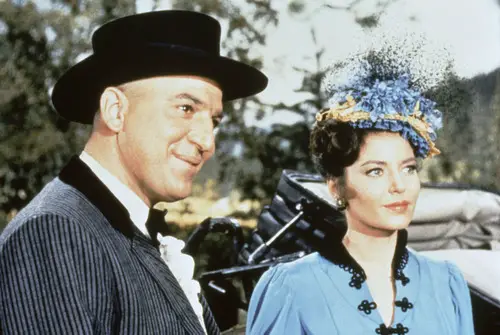
The Cartwrights are firmly rooted in their sprawling Ponderosa ranch, but many settlers in the Wild West didn’t stay in one place for long. People moved frequently in search of better land, jobs, or opportunities. Mining booms and busts often forced entire communities to relocate. The idea of long-term homesteading was more ideal than reality for many pioneers.
12. Outlaws Weren’t as Glamorous as They Seemed
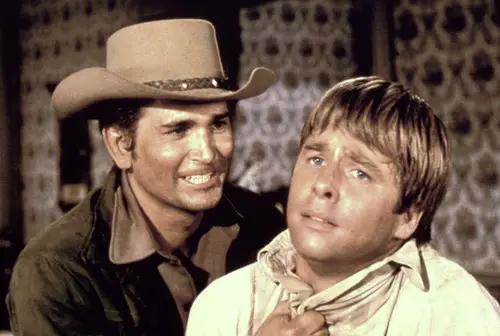
Shows like Bonanza often portray outlaws as larger-than-life figures, but real-life bandits were far less glamorous. Many were desperate men trying to survive in a harsh world, and their crimes were often violent and chaotic. Outlaws rarely lived long lives of adventure; most were captured, killed, or spent years in prison. The romanticized image of the noble outlaw is pure fiction.
13. Medicine Was Primitive
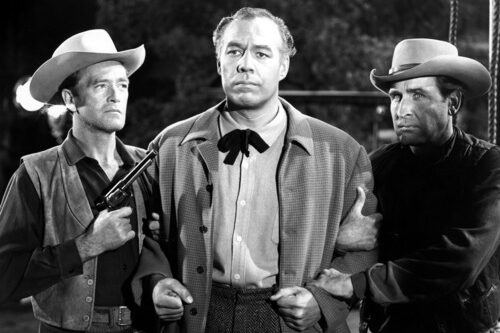
Whenever someone gets sick or injured on Bonanza, there always seems to be a doctor nearby with a quick solution. In reality, medical care in the Wild West was crude at best. Doctors often lacked proper training, and treatments were rudimentary. Common ailments like infections or broken bones could easily become fatal. Many people relied on home remedies or midwives instead of professional physicians.
14. Saloons Were Not Always Fun Social Hubs
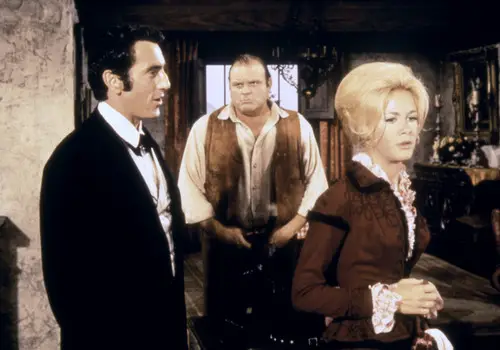
Saloons in Bonanza are lively places full of music, laughter, and card games. While some saloons did serve as social hubs, many were rough, dangerous places. Brawls, gambling disputes, and illegal activities were common, and they weren’t always welcoming to everyone. Drinking water was often unsafe, so alcohol became a staple—and drunken behavior wasn’t exactly glamorous.
15. Communication Was Slow and Unreliable
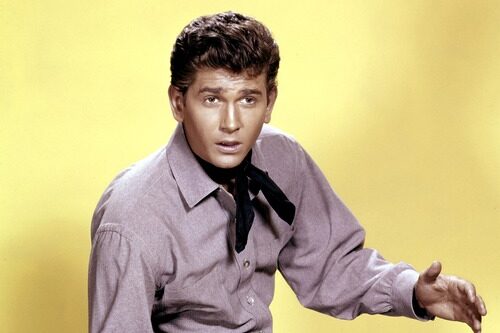
The Cartwrights always seem to get messages or news just in time, but communication in the Wild West was a slow process. Letters could take weeks or months to arrive, and telegraphs were only available in certain areas. Miscommunication and rumors were common, which often led to unnecessary conflicts. News traveled at a snail’s pace compared to the instant updates we’re used to today.
16. Not Everyone Wore Cowboy Hats
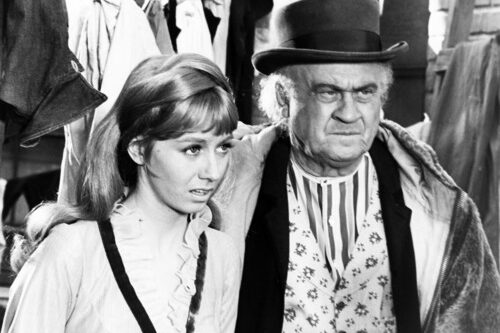
It’s hard to picture a Western without cowboy hats, but they weren’t the universal fashion choice in the Wild West. Many settlers and workers wore bowlers, wide-brimmed straw hats, or even no hats at all. Cowboy hats as we know them today didn’t become popular until the late 1800s when companies like Stetson came onto the scene. The iconic hat is more a product of legend than a historical staple.


